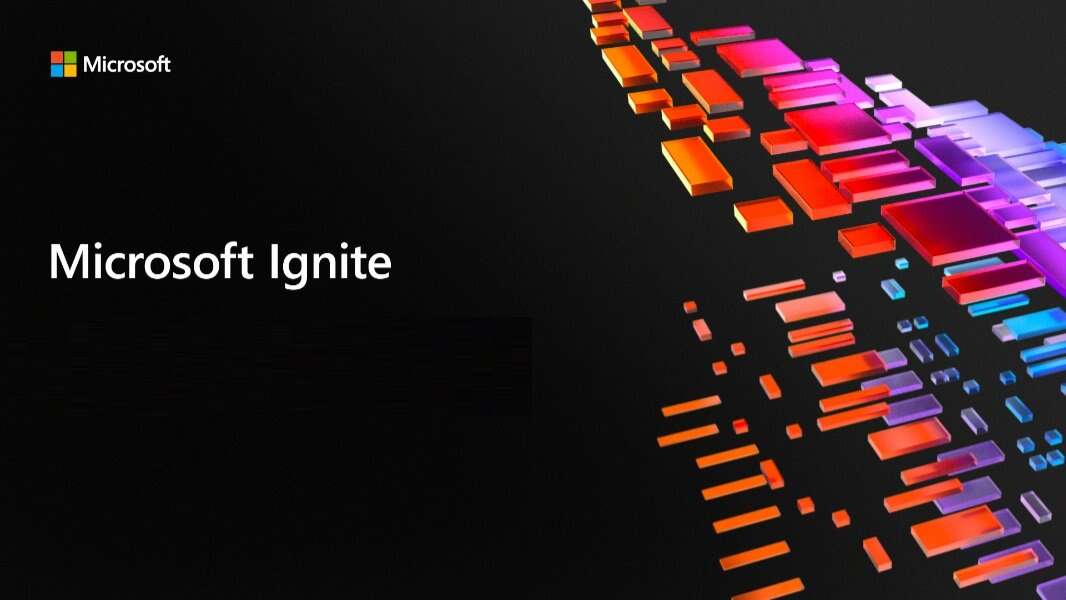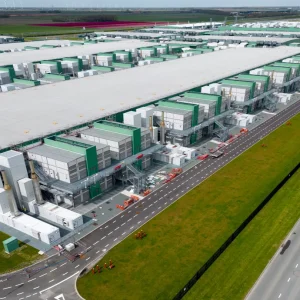
Microsoft’s Ignite 2020 event has been jam-packed with announcements of new features which it hopes will help improve productivity and security in offices and homes around the world. The annual conference is always marked by a deluge of updates, and this year is no exception, particularly in the wake of the Covid-19 pandemic.
“We are experiencing digital transformation at epic speed,” notes Jared Spataro, Corporate VP for Microsoft 365: “COVID-19 has accelerated secular trends in the ways we work and live, jumpstarting durable new habits that will persist well past the pandemic. Throughout 2020, as we’ve navigated the equivalent of a year of digital transformation every month, it’s IT pros who’ve led the way.
He added: “Now, as business leaders look to build resilient organizations and find new opportunities for expansion, they’re looking to IT pros for sustainable solutions to support them for the long haul.”
When it comes to sustainable solutions, MSFT is characteristically keen to point out that it has plenty. Here are some of the announcements you may have missed this week.
Bring Your Own Key
Want to add an extra layer of encryption in Microsoft Teams? Well now you can as MSFT is allowing customers to bring their own security keys, bringing it in line with Exchange Online, SharePoint and OneDrive. Customer Key for Teams should be in public preview before the end of 2020.
Keeping Teams Data Safe
Given that we spend half our lives on video calls these days, its no surprise that Teams featured prominently at Ignite 2020. Microsoft announced the general availability of the Graph API for Teams Data Loss Prevention, comprising two APIs that help keep data within the platform for secure.
The Microsoft Graph Change Notification API for messages in Teams, which has been on public preview since May, “enables developers to build apps that can listen to Teams messages in near-real time enabling DLP scenario implementations for both customers and ISVs.” The second element of the package, the Microsoft Graph Patch API, allows applying DLP actions to Teams messages.
Defenders of The IoT Device
Azure Security Center is no more, and has been replaced by “Azure Defender”, part of a wider rebrand of MSFT’s security products under the Microsoft Defender umbrella.
Not only does the service have a new name, but there are new protections too.
Most notable of these is within Azure Defender for IoT, which now includes technology from CyberX, which Microsoft purchased in July.
The company’s system protects industrial IoT, operational technology (OT) and building management system (BMS) environments.
“CyberX’s agentless capabilities are now integrated into Azure Defender for IoT, allowing you to continuously identify assets, vulnerabilities, and threats across unmanaged legacy IoT/OT devices alongside managed devices. Azure Defender for IoT continues to support air-gapped environments on-premises and we will add more Azure connected scenarios over time,” MSFT said.
This upgrade is on public preview now and is available free of charge during the preview period.
Upgrade your On-Prem Data Centre, Share Your GPU
Azure Stack – which allows users to take advantage of cloud innovation in their own data centres – is also getting a polish up.
Additional features include a preview version of Azure Kubernetes Services (AKS) which “enables customers to deploy and manage containerized apps at scale on Azure Stack HCI, just as they can run AKS within Azure.”
The idea is to provide a consistent, secure, and fully managed Kubernetes experience for customers who want to use Azure Stack HCI within their datacenters.
MSFT has also added shared GPU support, partnering with AMD to bring its Mi25 GPU to Azure Stack Hub, which allows users to share the GPU in an efficient way. The NVIDIA V100 Tensor Core GPU is also available, enabling customers to “run compute intense machine learning workloads in disconnected or partially connected scenarios.” This can provide visualisation, inferencing, and machine learning for less compute intense workloads.
AI: Spatial Vision and Monitoring Metrics
Azure’s AI is being deployed in new ways as companies begin to look at ways of reopening their offices safely. Spatial analysis capability has been added to the Computer Vision Azure Cognitive Service.
“Its advanced AI models aggregate insights from multiple cameras to count the number of people in the room, measure the distance between individuals, and monitor wait and dwell times. Organizations can now apply this technology to use their space in a safe, optimal way,” explains Eric Boyd, corporate VP for AI.
Another new AI-powered service, Metrics Advisor, has been introduced to help customers keep track of the various metrics which are critical to their businesses and identify problems as they happen. This is based on a combination of “real-time monitoring, auto-tuning AI models, alerting, and root cause analysis,” Boyd says.
Read More: Is Your Ransomware Response Plan Future Proof?






